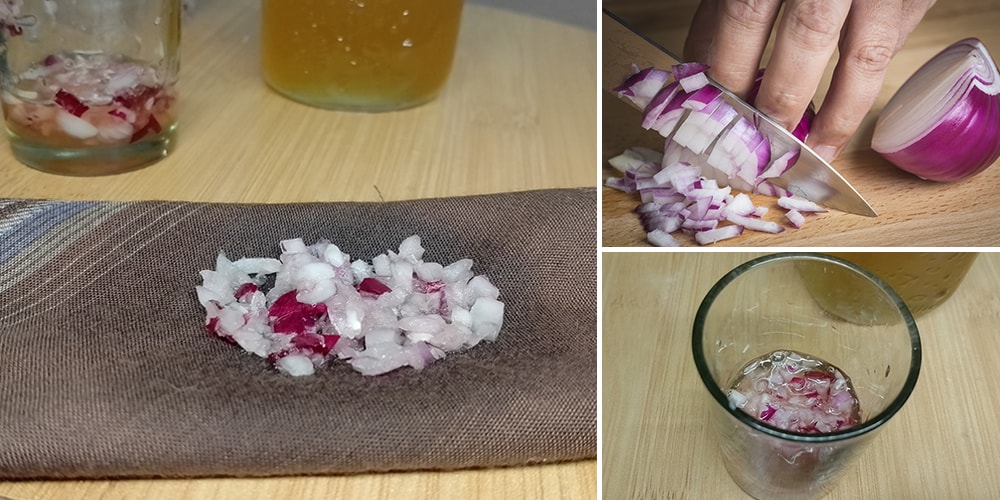
Nature’s Betadine
Betadine is a global name when it comes to over-the-counter topical remedies for cuts and wounds. It is applied to minor cuts, wounds, and burns to prevent infection and promote skin healing. Betadine is a powerful antiseptic that kills the bacteria in the wound which causes infections. But did you know that the antiseptic action of nature’s Betadine can be found in unassuming herbs you can see everywhere?
Antiseptic herbs kill and reduce the growth of microorganisms on the skin. They are also known as germicides. The plant’s actions against harmful microorganisms are classified according to where it acts. Antiseptic refers to the germ-killing action on the surface; antibiotic occurs inside the body.
Nature’s Powerful Antiseptic Herbs
Nature is all-abounding with countless herbs, each with its own therapeutic benefits. Many of these herbs and weeds are antiseptics that effectively fight a wide range of microorganisms. Minor wound infections often heal by themselves. But when it gets infected, it will spread deeper into the skin tissues and travel through the blood to other parts of the body.
So, no matter how minor you think your scrape is, it helps to give it care and attention. Use the antiseptic herbs nature has to offer for the same potent effect Betadine gives.
Tea Tree
Tea tree (Melaleuca alternifolia) is the most powerful antiseptic used as a natural remedy for a variety of skin problems. Its essential oil effectively treats psoriasis, warts, blisters, burns, stings and basically any kind of skin infection. Tea tree is also potent in the external treatment of fungal infections such as thrush, athlete’s foot and vaginal infections.
Aside from its antiseptic actions on the skin, tea tree is also used as a natural mouthwash. It inhibits bacterial growth in the mouth and cures oral problems like gingivitis and inflamed gums.
In traditional medicine, an infusion of tea tree leaves and twigs is used as a wound wash. It is also used as a poultice and the dried leaves are sprinkled on the wounds. Today, it is widely sold as tea tree oil and is used similarly after diluting with water.
Thyme
Thyme (Thymus vulgaris) is not just an aromatic culinary herb but is also an excellent remedy against germs. Thyme contains thymol, a compound added to mouthwash, toothpaste, hand sanitizers and antifungal creams for its strong antiseptic effect.
The sprigs of thyme are useful against snake bites, stings and burns. Research studies and findings reported strong antimicrobial activity in thyme. Accordingly, it designates a new birthplace of natural antiseptics for pharmaceutical and food industry uses.
Washing the affected area with thyme infusion prevents infections in cuts, open wounds and other known skin problems.
Guava
Guava (Psidium guajava) is a tropical fruit valued in folk medicine as a natural antiseptic. An infusion of guava leaves is a good choice for wound wash which helps prevent infections. It is a popular plant that traditional healers rely on for healing wounds and skin problems. According to research on the wound efficacy of guava, it promotes normal and rapid healing compared to commercial antiseptics.
Before there were toothbrushes and toothpaste, guava leaves and their young fruits served the purpose. It is excellent not only in cleaning the teeth but also in relieving gum problems and oral ulcers. A decoction of its bark and leaves is used as hand sanitizer. Women also use it as a lukewarm bath to speed up wound and incision recovery after childbirth.
Turmeric
Turmeric (Curcuma longa) contains curcumin, a bioactive compound with a host of therapeutic benefits. Curcumin is a potent antiseptic, antifungal and antimicrobial that fights many strains of known pathogens. Turmeric is traditionally used for sterilizing cuts and wounds and also expedites the healing process.
To disinfect minor wounds and skin problems, just prepare a paste of turmeric with water or curd. Apply it as layers over the affected area and leave it on for a few hours before washing. You can also prepare a wound wash by adding 1 tsp of turmeric in lukewarm water. Wash the affected area, and soak, if possible, for about 15 minutes then pat it dry.
Garlic
Garlic (Allium sativum) is an indispensable ingredient in the kitchen and is also loaded with healing properties. It is a remedy of choice for internal and external illnesses, covering a wide range of diseases. Fresh garlic is a strong antiseptic with its allicin compound that destroys microbial activities.
Combining fresh garlic juice with distilled water is a handy antiseptic and disinfectant for household use.
Onion
Like garlic, onion is also a staple pantry ingredient that does not fall short in healing capabilities. Onion (Allium cepa) contains phenolic and antimicrobial components. A published study in the National Center for Biotechnology Information reported the action of different onion cultivars against six pathogenic bacteria.
Onion is most effective against abscesses, insect bites, gingivitis, skin infections and other microbial diseases. Raw onion slices or extract are applied to the affected area to prevent infection and promote healing.
Calendula
Calendula (Calendula officinalis) cures cuts, wounds, eczema and many other skin diseases. It supports skin healing, relieves inflammations and speeds up the wound-healing process. Its cream is used in preventing dermatitis, especially in patients receiving radiation therapy.
Calendula contains methanol and ethanol extracts which make it an effective antiseptic and antifungal herb. It also has flavonoids that contract the blood vessels and heal cuts. Calendula cream is used in the healing of C-sections in women.
Please note that calendula is called common marigold but it is a different plant from Marigold (Tagetes erecta). They look similar but possess different chemical structures and properties. Marigold is an antibiotic meant for internal ailments. Calendula, as an antiseptic, is powerful against infections on the skin’s surface.
These are the only 4 antibiotics people should stockpile.
Self-Heal
Prunella vulgaris or self-heal earns its name from its ability to heal wounds and prevent infections. In Western herbal practice, self-heal is used in treating slow-healing wounds. Its demulcent properties are said to stabilize tissues. It also has an astringent property that prevents moisture in the wound.
The juice of the stem of self-heal is used for soothing minor wounds and insect bites. It is also potent as a tincture, infusion or ointment when applied topically.
Herbal Antiseptic Recipe with Onion
An herbal poultice is one of the easiest ways of applying the antiseptic qualities of herbs. It has long been used in traditional medicine for disinfecting and relieving wound inflammation. Poultices are also useful for body aches and soreness and even congestion from cough.
The herb, often its leaves, are crushed to make it moist, then spread over the skin and secured with a cloth. Its purpose is to draw out heat to reduce the swelling and impart the therapeutic properties of the herb to speed up recovery.
Poultices are usually wet and are applied for 2 to 3 days, changing the plaster every 30 minutes or when it dries up.
In this recipe, we will make a pretty straightforward poultice you can make without having a run in the garden. We will be using onion as one of the pantry staples you can easily get your hands on when needed.
You can try garlic with this one, depending on what you have on hand. A poultice is supposed to give you a pleasant feeling. If you are feeling uncomfortable, you may be sensitive to its compound, so switch to other alternatives.
Ingredients: half of an onion, chopped finely, and honey.
Steps:
- Crush the onion and mix in honey just enough to make a paste.

- Put enough onion-honey mixture to cover the wound in a clean cloth.

- Apply the mixture to the wound and leave it on for about 20 minutes before washing off. Repeat the process three times a day.

Takeaway
Nature is a great source of herbal remedies for many illnesses. Many of the plants around us, weeds included, have the ability to heal debilities of all kinds. Their powerful properties are the foundation of conventional medicines and they are still valuable to this day.
Herbs are not only potent but they are also the most affordable and readily available. Most of these herbs are probably already in your kitchen. You don’t have to look elsewhere if you need an effective antiseptic for your wounds.






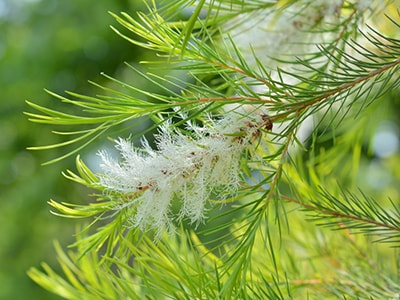
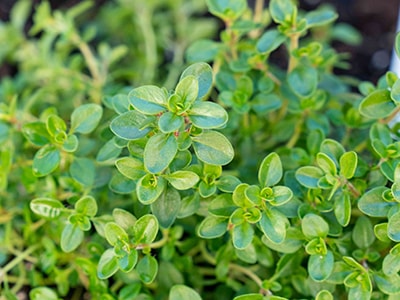
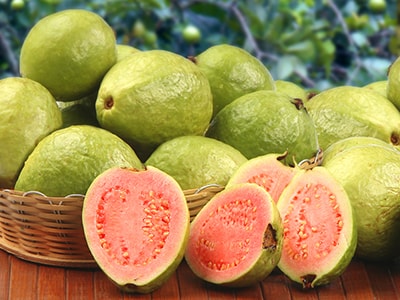
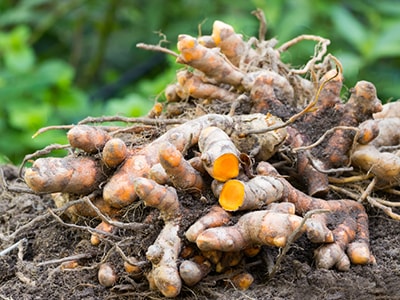
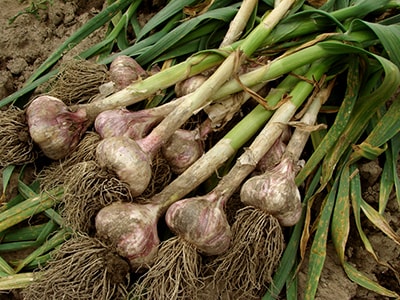
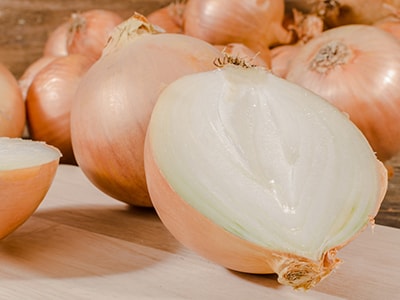

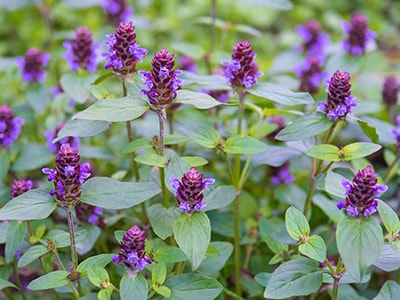
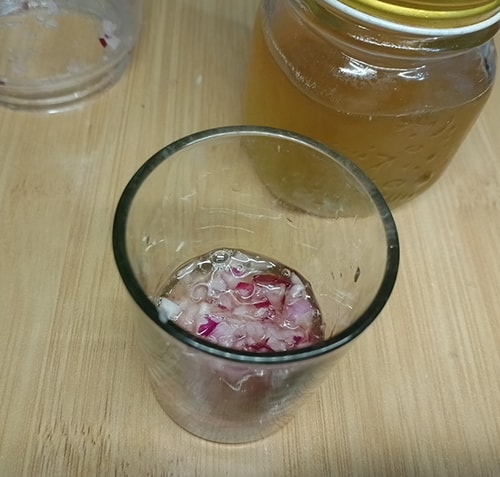

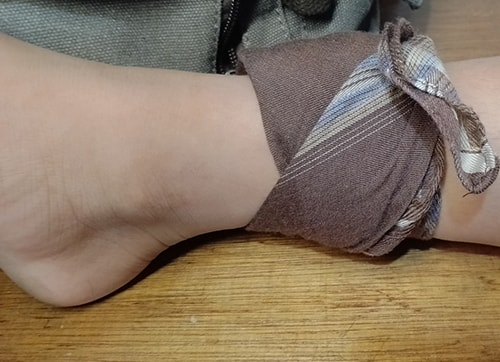
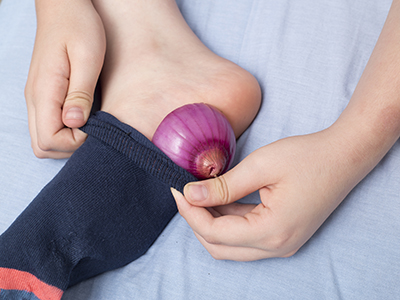
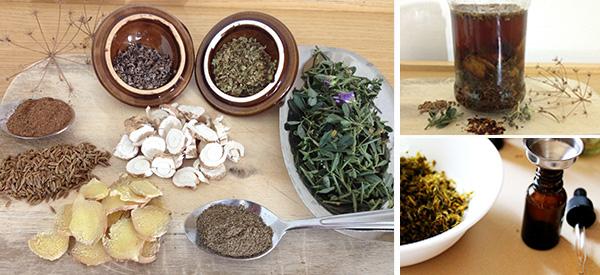
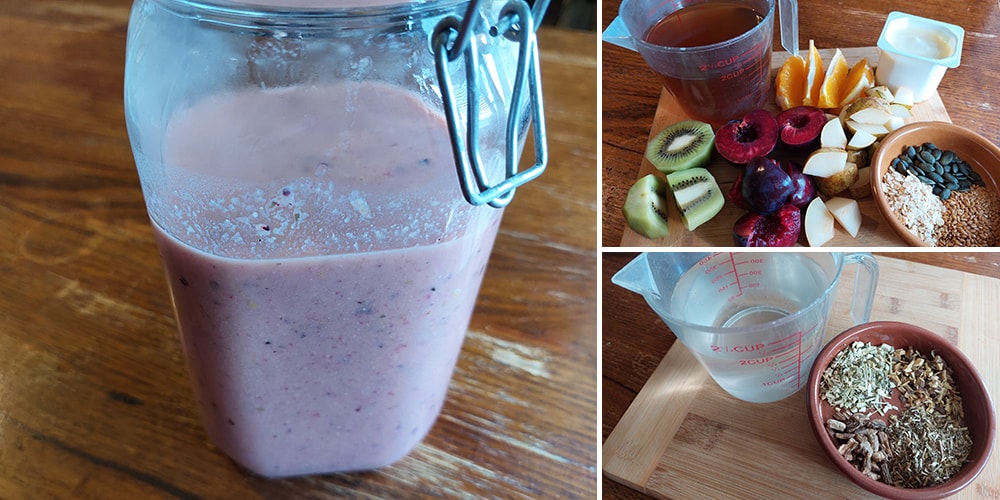
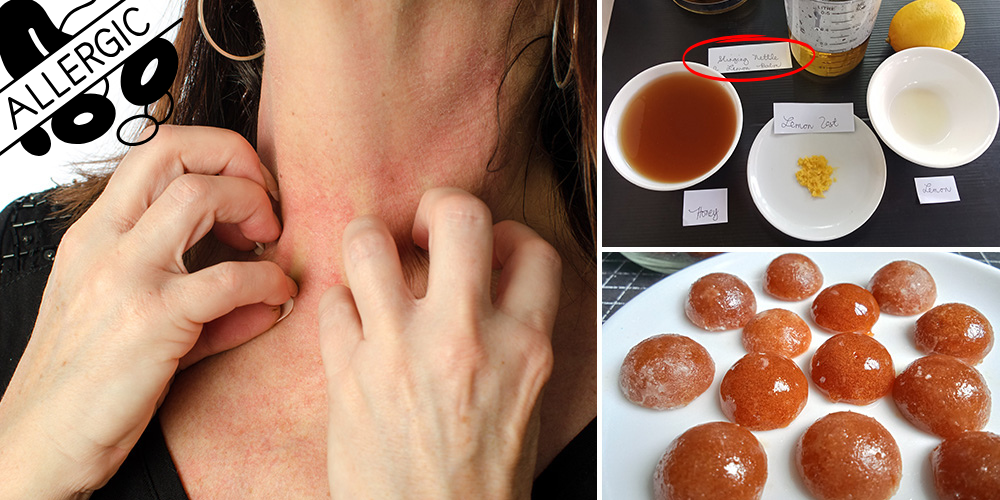
What do you recommend for H pylori
My healthcare has recommended to me to juice a mix of raw cabbage with raw carrots and drink around a tea cup of it in the morning on empty stomach for one day, and the other day to juice raw potato and drink it on empty stomach, doing this for about 1.5 to 3 months, of course with a healthy diet and cutting off acidic food… And each night I drank Cumin and cinnamon tea …. I was totally healed from reflux and stomach symptoms after 3 months and I could eat everything again… I didn’t do the H-Pylori test again but I think I was healed from it… this was from 8 years ago
(Note: the juice should be freshly made each morning) (and cabbage has antibiotic properties)
a tsp of apple cider vinegar every day will do the same thing with instant results